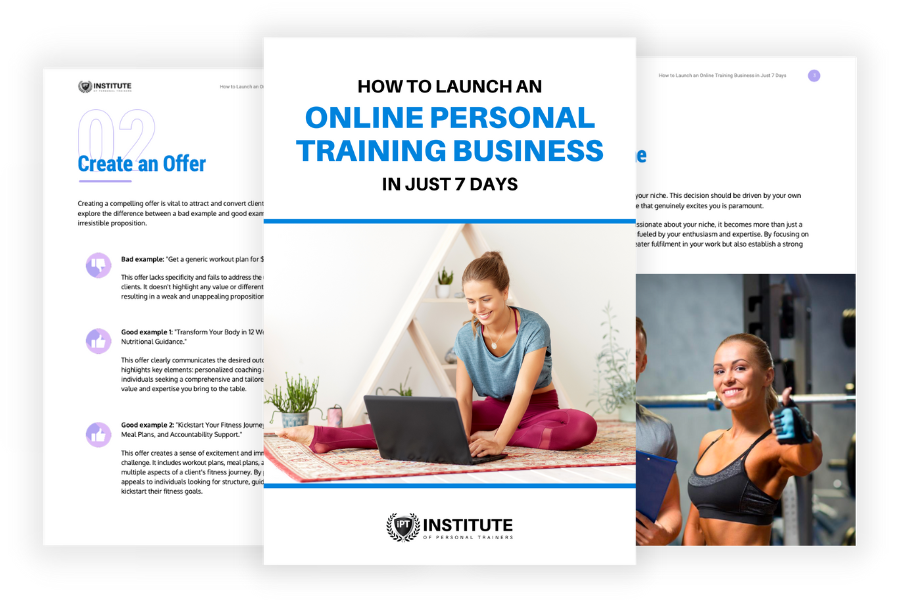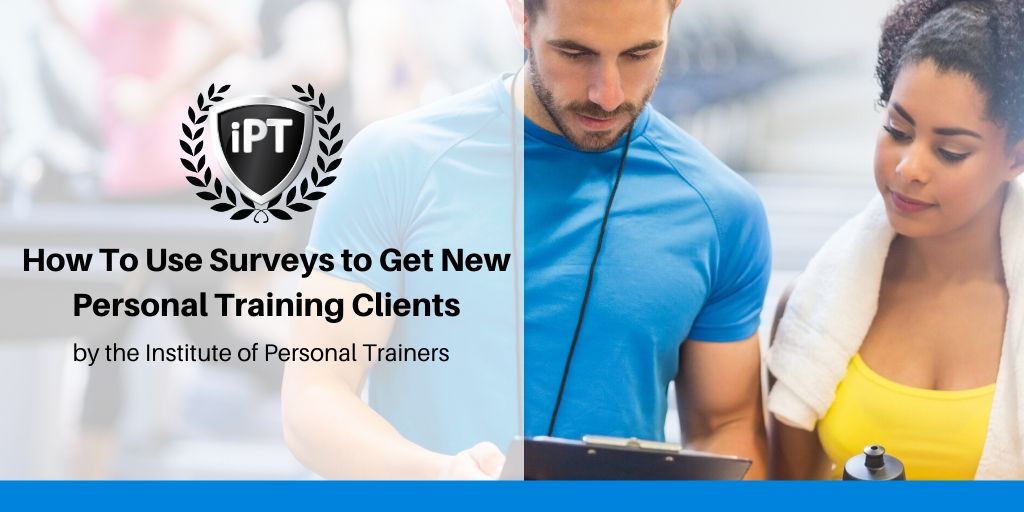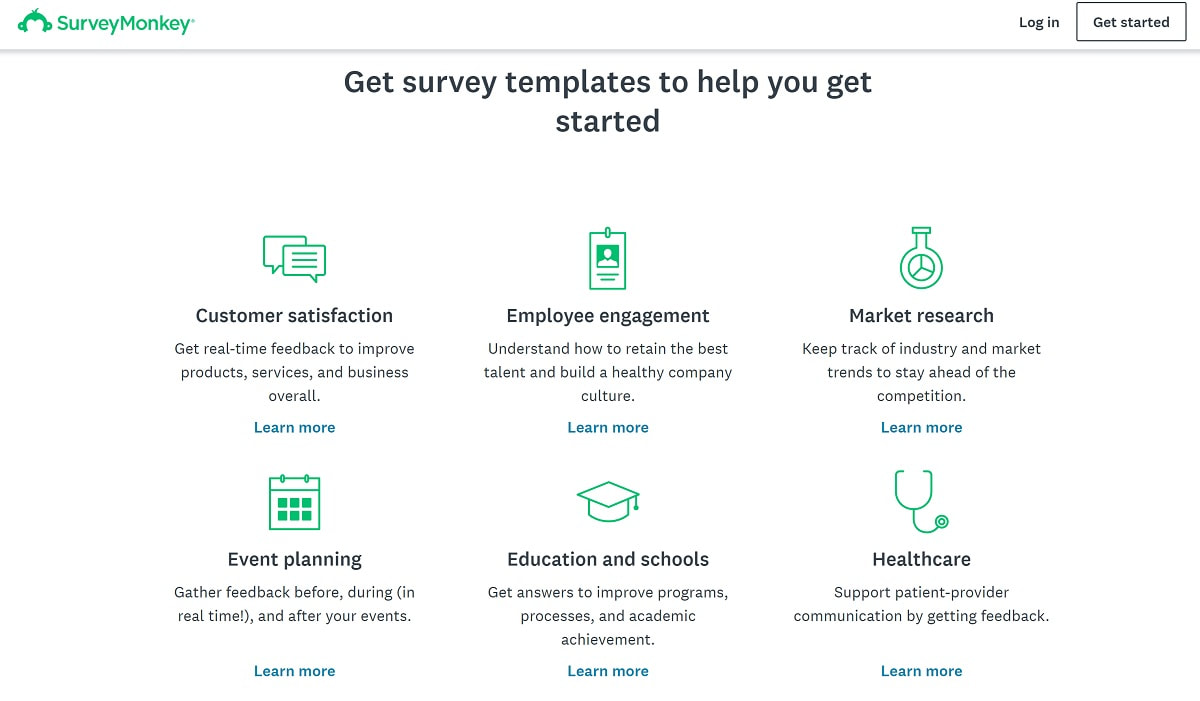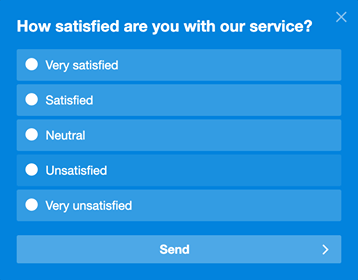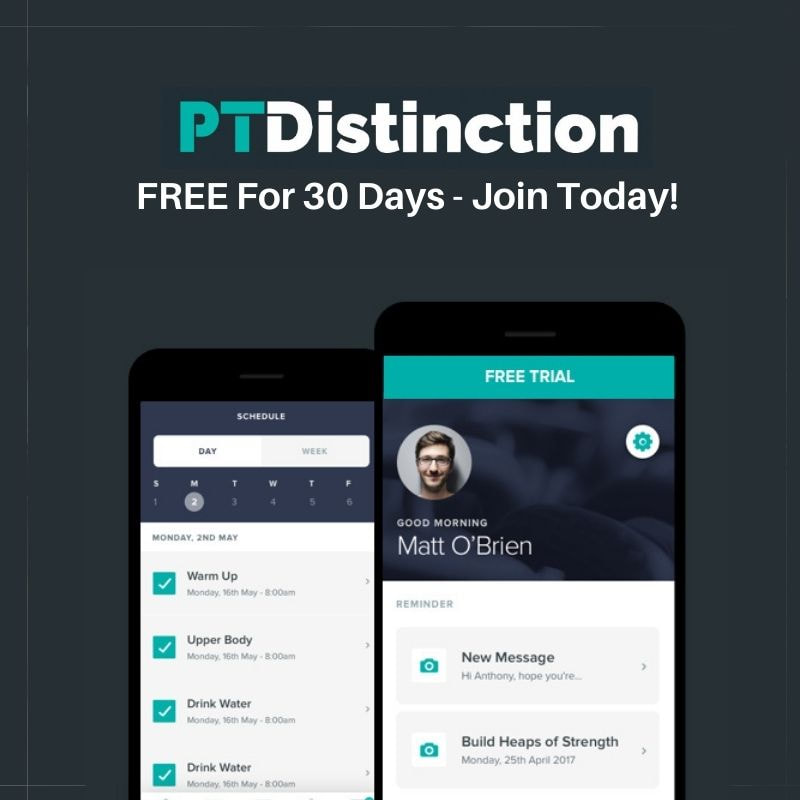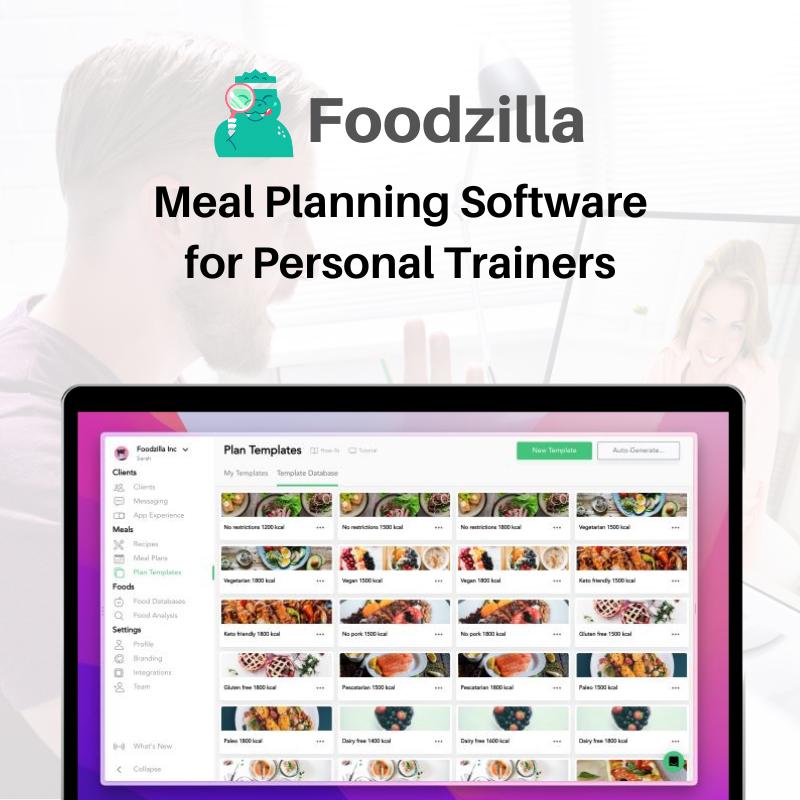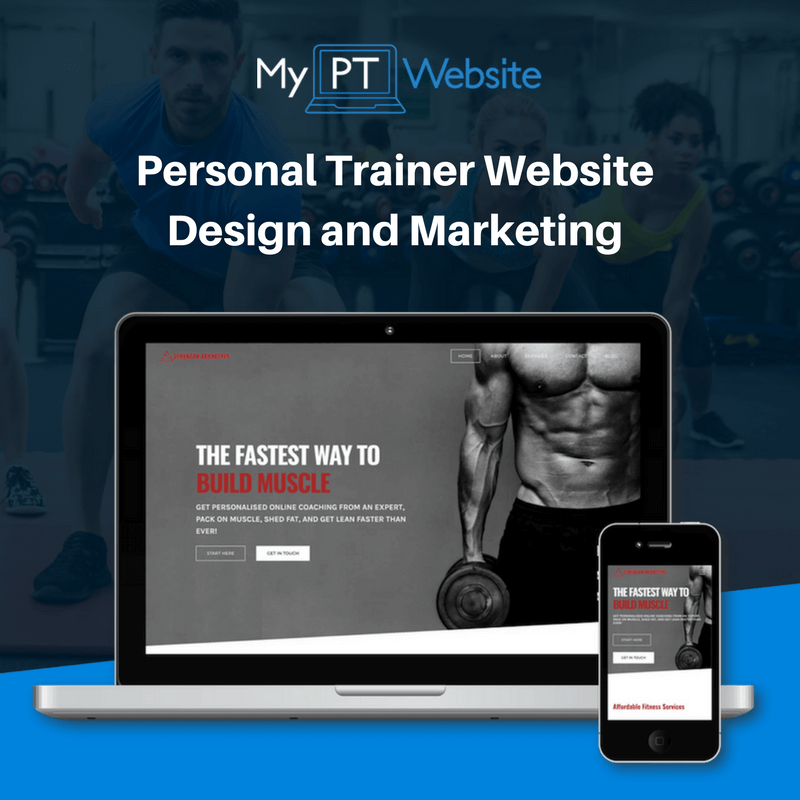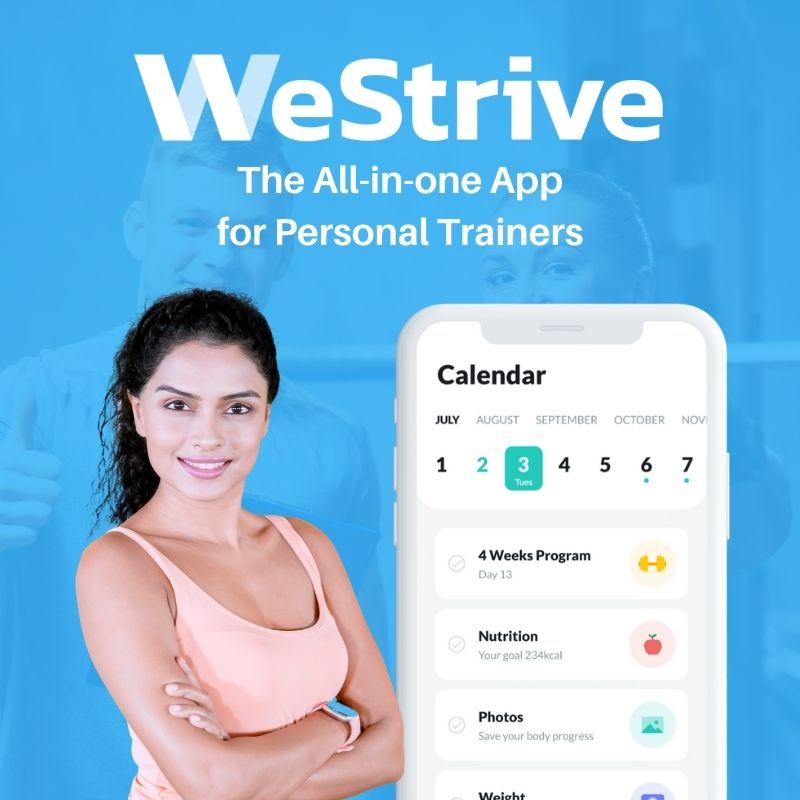|
FREE GUIDE: HOW TO LAUNCH AN ONLINE PERSONAL TRAINING BUSINESS
IN JUST 7 DAYS
✓ The new, better way of launching an online business
✓ The fastest way to create in irresistible offer ✓ A simple system to sell to clients who are interested |
|
Surveys and polls are incredibly powerful tools to help personal trainers to get to know and understand their target market better. They help personal trainers to create content which speaks to the problems their prospects are having, not the issues you think they might be having. When you're able to connect with your potential clients like this, they are more likely to turn to you for help with their health and fitness when they are ready to commit to investing in their fitness and health. Which Software Should I Use?Many website providers already have survey functionality built into their software, so you might want first to check there. Google Forms is free and collects the respondent's information in a neat folder in your Google drive. Similarly, Survey Monkey is free for up to 10 questions and 1000 responses and very easy to use. For additional functionality, low cost paid options such as Wufoo could be considered. They offer the ability to customise the form to reflect your brand colours or to embed it directly into your website and sync with your Calendly account so that clients can book calls with you directly. What Should I Ask? What questions to include will depend on what sort of information you're looking to collect. Usually, the goal of your survey will be to collect data that gives you a more in-depth understanding of your niche. Asking between 4 to 8 questions seems to be around that sweet spot - many more and your audience get bored and may not complete your form. You could start with "easy", closed-ended questions that are quick to complete with checkboxes, such as demographic data, e.g. age ranges, sex, and name - if you don't want the forms to be anonymous. Anonymous questionnaires are more likely to be answered honestly, and if you're looking to get a broad overview of your market, these are fine. However, if you intend to follow up with these clients to discuss their problems in more depth, it might not be the best way. Although there are ways to contact your anonymous respondents, they may not appreciate the contact if they opted to be anonymous. You might want to include one or two longer, open-ended questions which give people a bit more space to answer at length. Placing only a few of these towards the end of the form improves the chances that they will be answered. One of the most useful styles of questionnaires gives you a clear idea about what your potential client wants to achieve, as well as their frustrations with their previous history. They might look something like: Questions about pain points: e.g.
Questions about buying history: e.g.
Questions about their future: e.g.
How Should I Use The Data? Lead Nurturing If you want to create a new lead from that survey, follow up with a sincere, personal thank you. Do this in a way which is as unique as possible; a short video or a voice note is excellent. Give the person something genuinely useful and can help them to solve one of their problems right then and there. Finish that initial contact with an invitation to message back; something simple like "just let me know if that makes sense, ok?" the goal is to start a conversation. You might send a follow-up email with additional resources they can use, or offer to have a quick phone call in which you can give them some support. Whichever channel they chose to use next; go into the conversation with the intention to offer to help them and leave them better off. If you go into it trying to make a sale, this can often be off-putting to people. Website Feedback You can use simple polls on specific areas of your website to gauge what your visitors think about your content or even to get feedback from your clients then you can showcase that data on your website too! Content Marketing If you want to use the information to create content, your goal will still be to convert those people into paying clients eventually. You're just using a content marketing strategy which will lead to longer-term growth. Here, you're looking out for the things which come up over and over again. Sometimes this is what you'd expect, but sometimes you learn something new. If the people in your survey are having these problems, other people in that demographic almost certainly are too. Look for the particular language they use. Specificity here really matters and will help you to connect with your audience in your content. If your ideal clients read their problem in their own words in a blog article or a Facebook post, they will think that you really "get" them. Next StepHaving spoken to your respondents, if they haven't taken you up on your offer of a phone call or bought from you, give them some time and then follow up. This is the part where most personal trainers fall. Skipping this step can make a significant difference to your conversion rates.
After 2 weeks, follow-up with them again; keep it casual, ask how they're doing and listen. Do the same every few weeks, not with the intention of selling them into your fitness services but with the aim of building a relationship. Given that you're now creating content which is directly useful for the specific problems that person is having, you might consider adding them to a mailing list. Here you could send out a weekly newsletter with links to blog articles you've written about their problem. If you need a little more help with the specific follow-up sequence, there's a lesson on this (with copy and paste examples that you can use in email and direct messages!) in the members' area. |
Our All In One Platform
Check out out all in one business & marketing platform for personal trainers!
WEBSITE BUILDER | FUNNELS |MEMBERSHIPS | SCHEDULING| EMAIL MARKETING| PAYMENTS| CRM | AI ASSISTANT | SURVEYS
Popular Articles
Trusted Partners
We work closely with some of the best service providers in the fitness industry.
Categories
All
|

